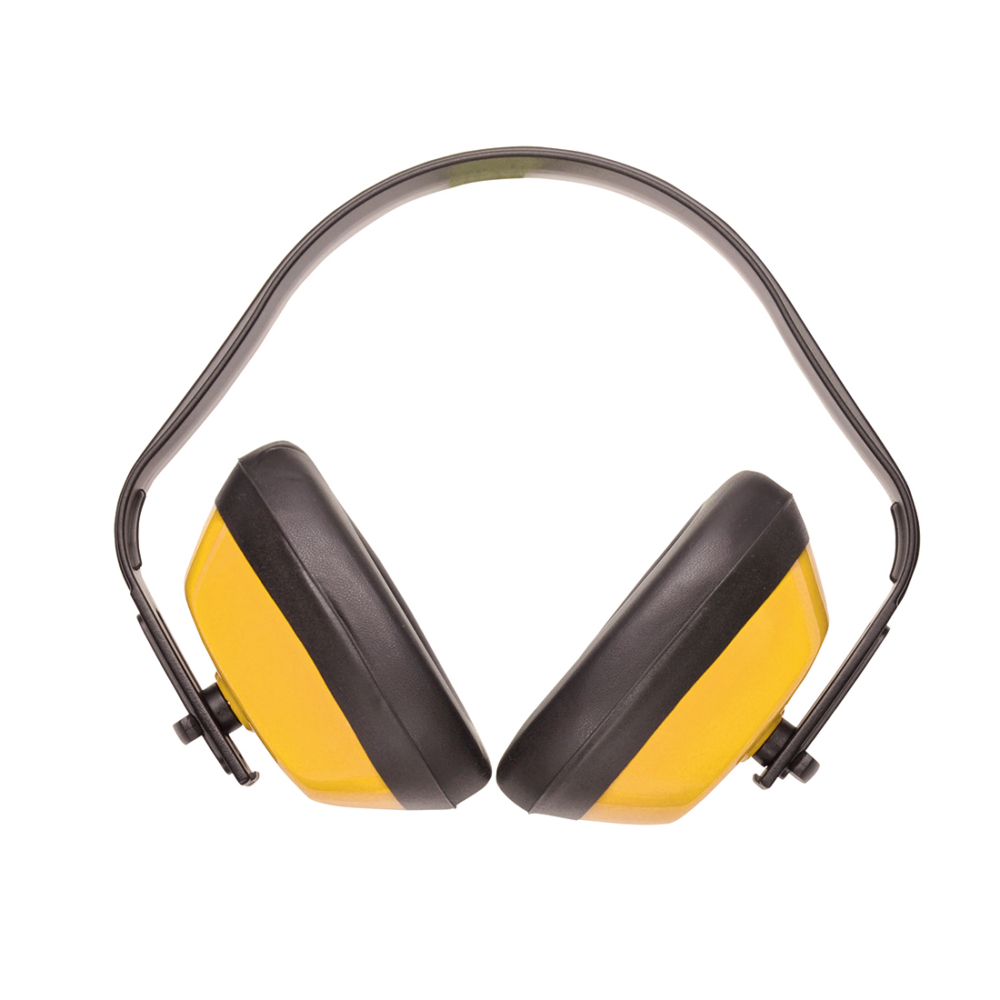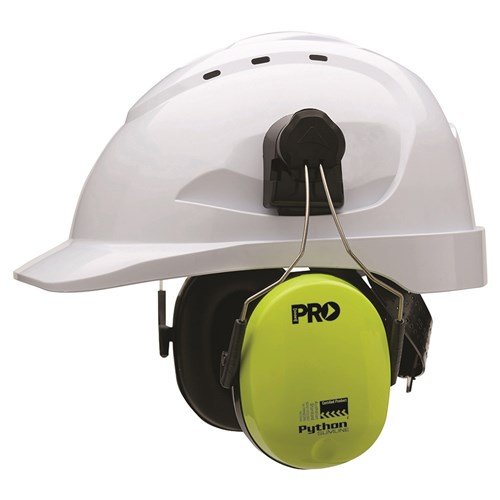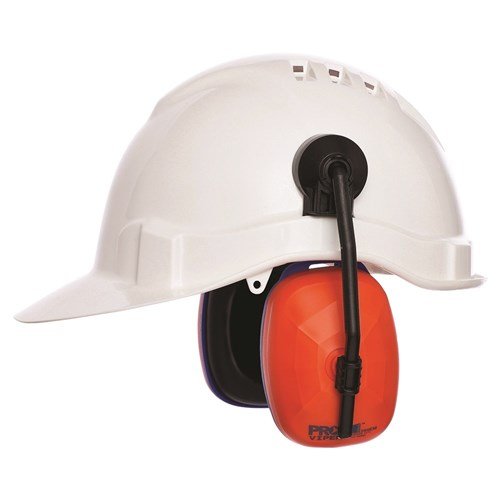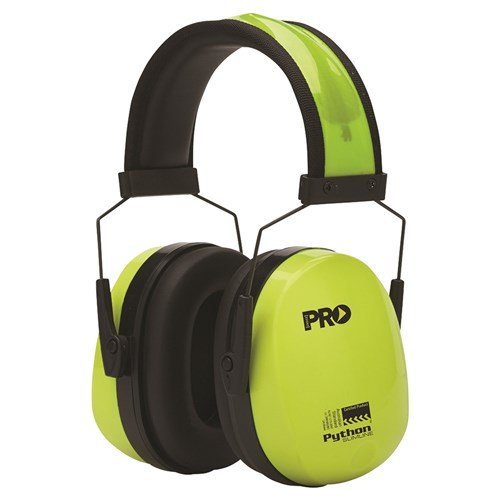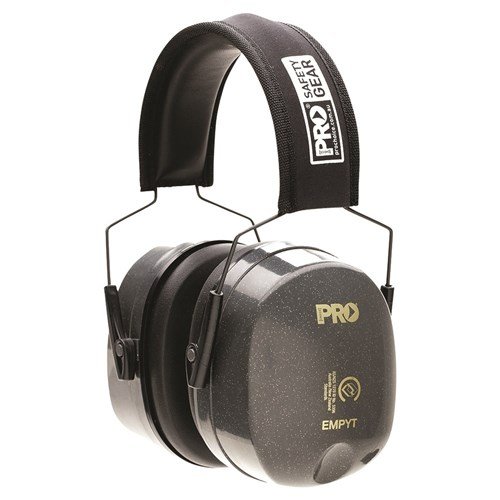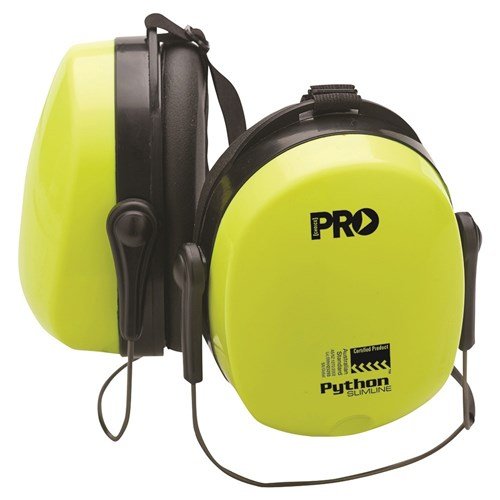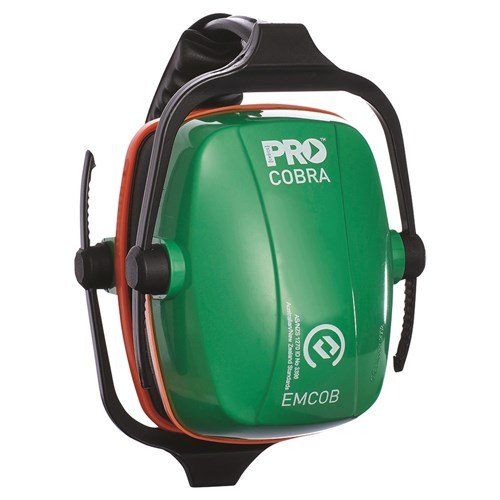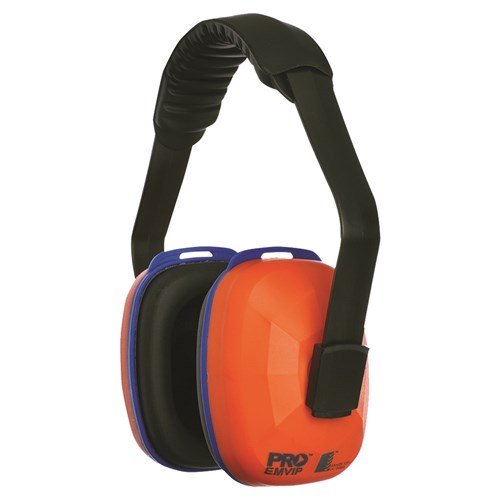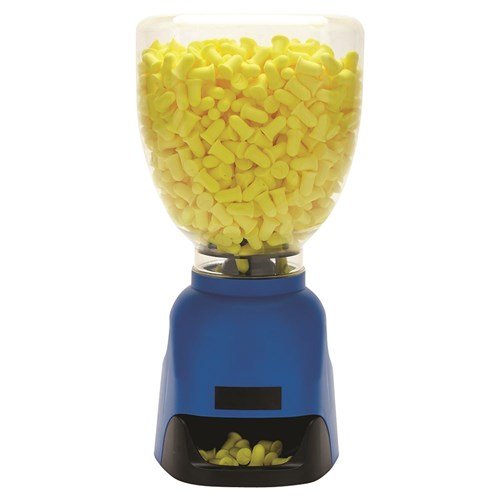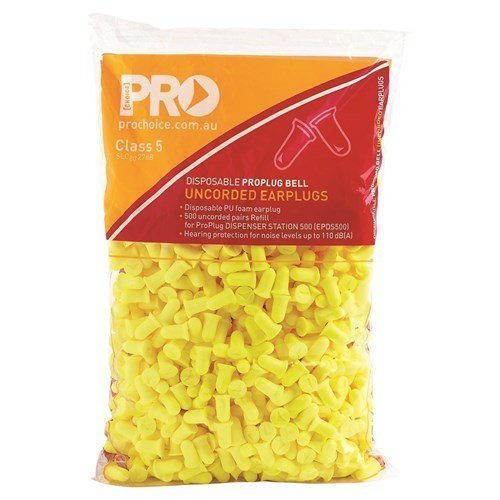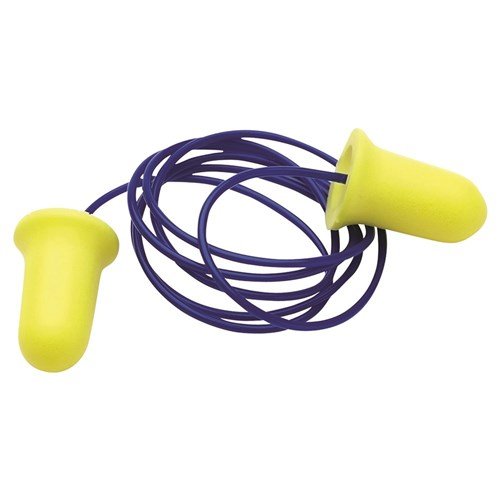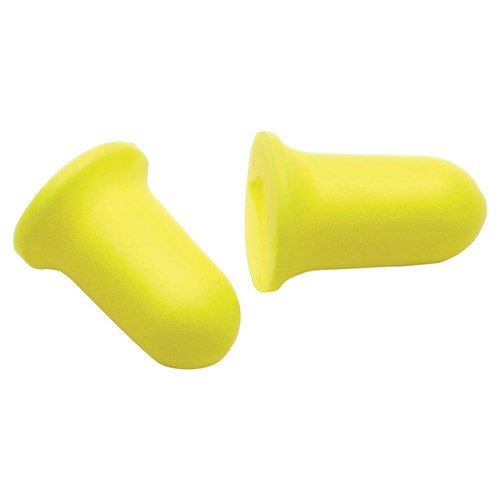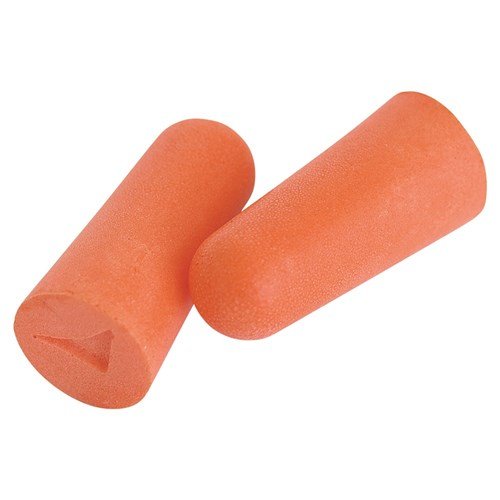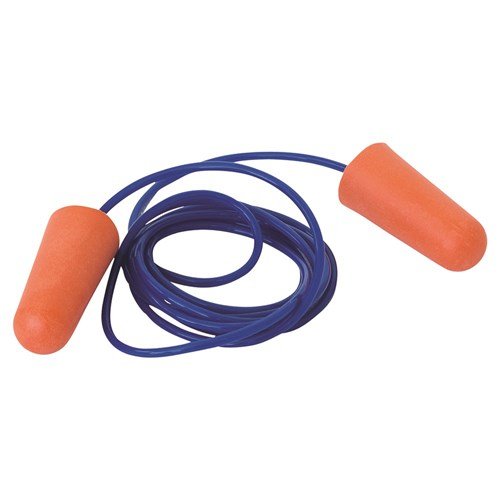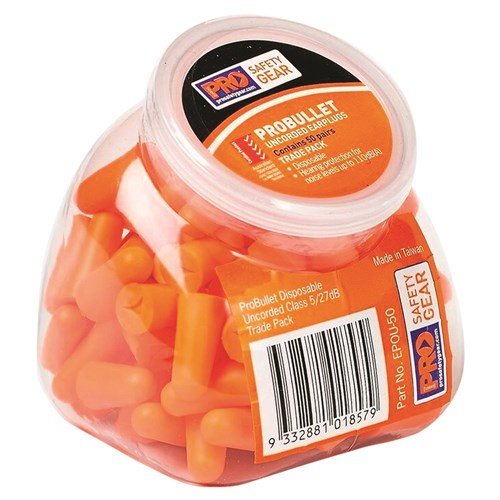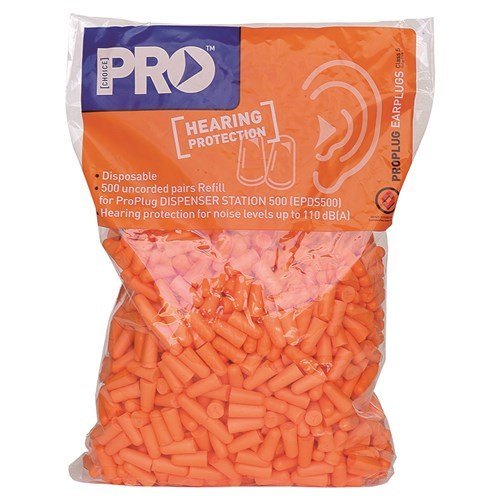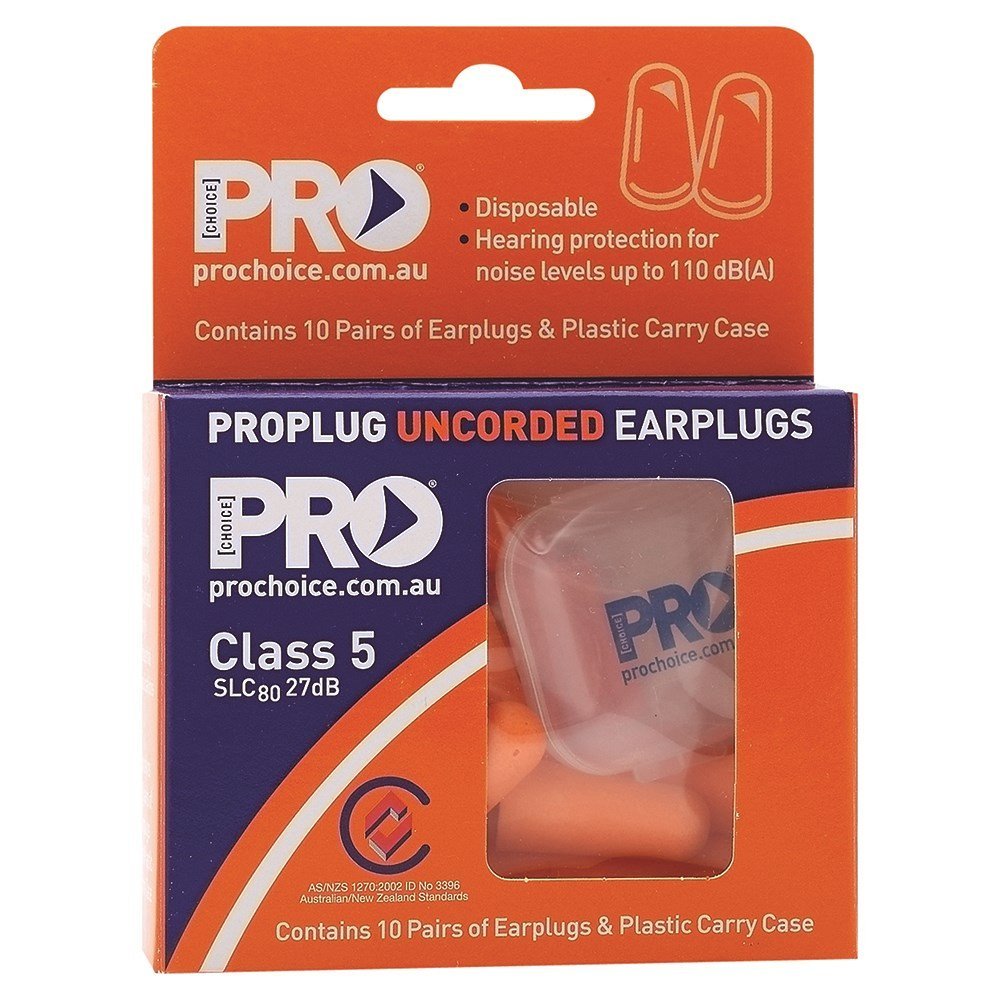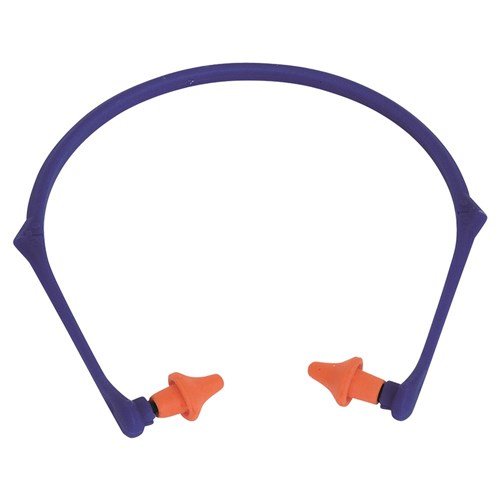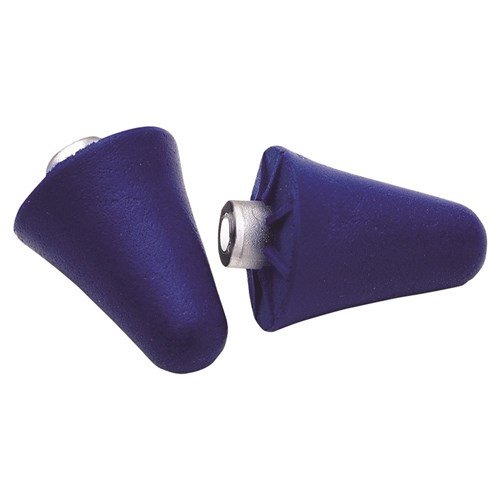- SHOP BY BRAND
- Aero Healthcare
- ATG
- Bata Industrials
- Bisley Workwear
- Bison
- Bizcare
- Blue Whale
- Blundstone
- Bocini
- Diadora
- DNC Workwear
- Fashion Biz
- JB’s Wear
- KingGee
- Lifevac
- LINQ
- Master Lock
- Maxisafe
- Mediq
- Mongrel Boots
- Portwest
- Pratt Safety
- Pro Choice
- Puma Safety
- Steel Blue
- Sundstrom
- Syzmik
- Thorzt
- Whiteley
- Winning Spirit
- WORK BOOTS
- WORKWEAR
- ROAD SAFETY
- PPE
- WORKPLACE SAFETY
- HYGIENE
- ON SALE
- SHOP BY BRAND
- Aero Healthcare
- ATG
- Bata Industrials
- Bisley Workwear
- Bison
- Bizcare
- Blue Whale
- Blundstone
- Bocini
- Diadora
- DNC Workwear
- Fashion Biz
- JB’s Wear
- KingGee
- Lifevac
- LINQ
- Master Lock
- Maxisafe
- Mediq
- Mongrel Boots
- Portwest
- Pratt Safety
- Pro Choice
- Puma Safety
- Steel Blue
- Sundstrom
- Syzmik
- Thorzt
- Whiteley
- Winning Spirit
- WORK BOOTS
- WORKWEAR
- ROAD SAFETY
- PPE
- WORKPLACE SAFETY
- HYGIENE
- ON SALE
AJ Safety’s range of hearing protection has everyday workers covered in some of the most challenging workplaces. Our stocked range is tested and approved by our key suppliers, in accordance with Australian Standard AS/NZS 1270:2002. The class of hearing protection is determined by a testing regime prescribed by AS/NZS 1270:2002 Acoustics – Hearing protectors and is marked on the packaging of the device.
Selecting the appropriate hearing protection has been simplified by a class rating system. The standard rates hearing protection into five classes, with Class 1 being the lowest level of protection and Class 5 being the highest level. AS/NZS 1269.3:2005 Occupational noise management – Hearing protector program recommends the class testing method is used in most circumstances. (See below table: 4)
To identify what class of hearing protection, you only need the 8-hour average value to which the worker is exposed in dB(A), and then refer to Table 4: Recommended class of hearing protector for specific noise levels (dB(A)).
(Source: Safework Australia – Managing noise and preventing hearing loss at work Code of Practice -July2020, which details the five classes of hearing Protection:
| Measured exposure LAeq,8h dB(A) | Class |
|---|---|
| Less than 90 | 1 |
| 90 to less than 95 | 2 |
| 95 to less than 100 | 3 |
| 100 to less than 105 | 4 |
| 105 to less than 110 | 5 |
| Greater than 110, specialist advice suggested |
As sound travels in waves, the intensity of energy that these sound waves produce is measured in units called decibels (dB). The lowest hearing decibel level is 0 dB, which indicates nearly total silence and is the softest sound that the human ear can hear. Generally speaking, the louder the sound, the higher the decibel number. So, just how loud is 0, 50, 70, 80, or even 140 decibels? These benchmarks should give you an idea.
Table 2 lists common noise sources and their typical sound levels. It can be used to compare noise in the workplace with sounds that are as loud as or louder than 85 dB(A).
| Typical sound level in dB(A) Sound source | |
|---|---|
| 140 | Jet engine at 30 m |
| 130 | Rivet hammer (pain can be felt at this threshold) |
| 120 | Rock Drill |
| 110 | Chainsaw |
| 100 | Sheet-metal workshop |
| 90 | Lawnmower |
| 85 | Front-end loader |
| 80 | Kerbside: Heavy traffic Lathe |
| 70 | Loud conversation |
| 60 | Normal conversation |
| 40 | Quiet radio music |
| 30 | Whispering |
| 0 | Hearing threshold |
Source: Managing noise and preventing hearing loss at work Code of Practice July 2020
There are two approved methods for testing hearing PPE in Australia, with results stated as: Class or SLC80. The recommended in-ear noise level under the protector is 80dB(A).
There are a number of factors to consider when selecting hearing protection for your workers. The primary criterion when selecting a hearing protector is that the level of noise entering the worker’s ears (the in-ear noise level) must be reduced (attenuated) to below the criteria in the exposure standard for noise (Clause 56 of the Workplace Health and Safety Regulation 2017) Version 18 December 2020, which are:
- a total noise of 85dB(A) averaged over an 8-hour period, or
- a peak noise level that exceeds 140dB(C)
The recommended target in ear exposure level for workers is 80dB(A).
Hearing protection is based on the Sound Level Conversion (SLC80) rating which is the difference between the sound level of the environment in which the hearing protection is worn and the sound level reaching the wearer’s ears. This is converted to a Recommended Noise Range.
After conducting a workplace noise assessment you can determine what level of hearing protection your workers must use to protect them from any leftover noise risks. The noise assessment determines a number of things such as which workers are exposed to hazardous noise, the equipment processes that are generating hazardous noise,what high level controls will be the most effective, and what level of hearing protection is required for any leftover risk, noting that different workers can require different levels of hearing protection.
Whether you require the permanent, long-term hearing protection of earmuffs, or the convenience of disposable foam earplugs, you can be assured that we stock the appropriate hearing protection for any job or situation.
For easy access to this important hearing protection in the workplace, we can supply ear plug dispenser stations and refills. Hearing Protection is one of the most important items of Personal Protective Equipment to use in the workplace and AJ Safety supplies the best range available.
Our current stocked brands include: Prochoice, Uvex, Honeywell and 3M.
So when sourcing hearing protection, please consider AJ Safety.
If you need any further assistance selecting the right product or solution then feel free to contact us to speak with one of our friendly staff. Either shop online www.ajsafety.com.au or call us on Ph: 02 9894 5086.
AJ Safety…..”Protecting you from head to Toe”

